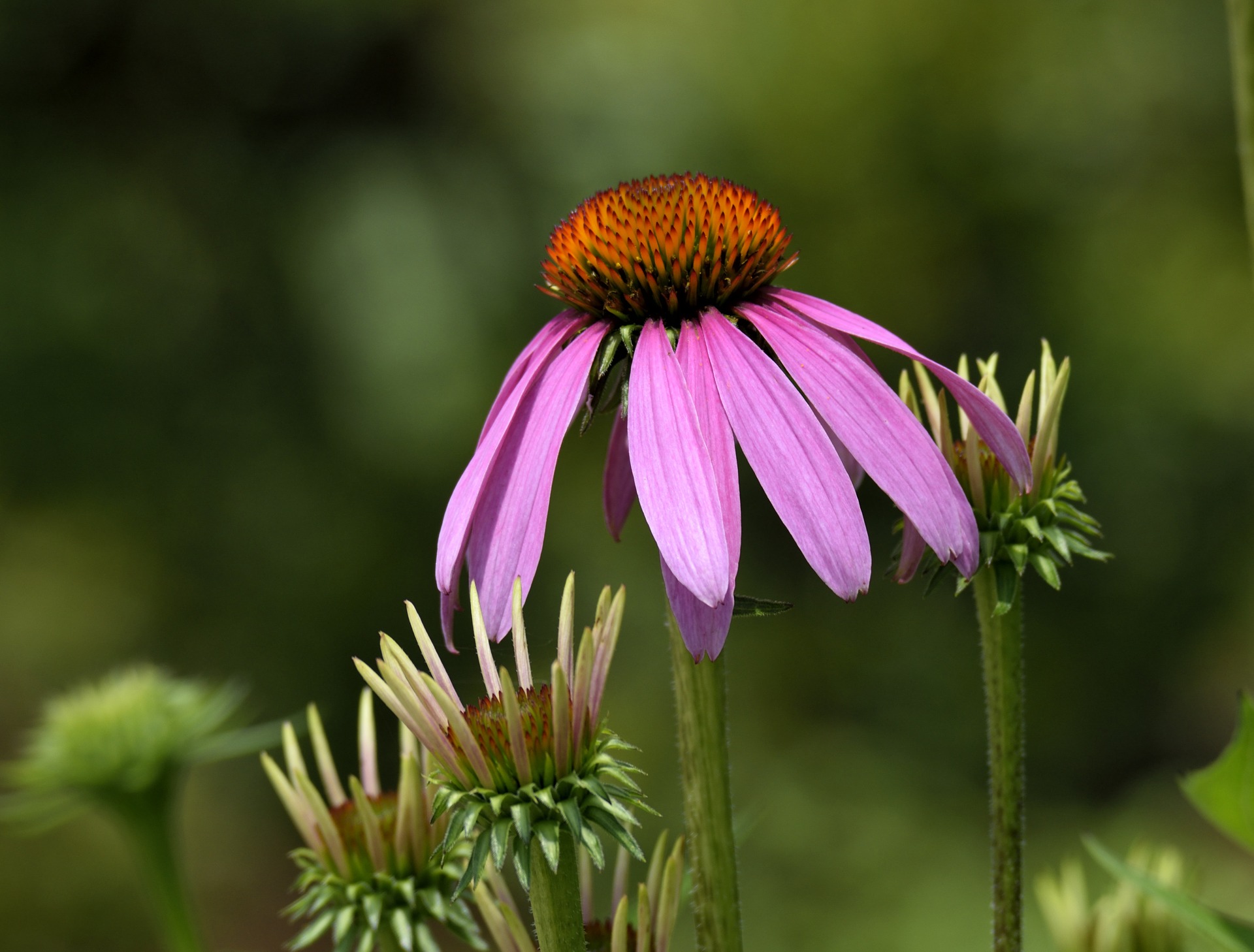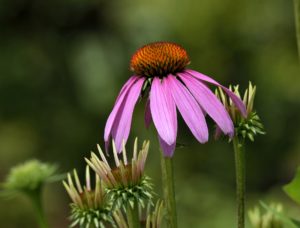Microclimates
Right place, right plant: knowing the microclimates in your landscape will help you determine which plants will thrive, and where.
By Thomas Christopher
This is a time of year for new landscaping projects, a time for laying out new beds, installing new shrubs and flowers, or maybe planting a tree. Before you stick your trowel in the earth, though, or make a shopping trip to the nursery, you should first scrutinize your intended planting area for microclimates.
What is a microclimate? It’s an area within the larger landscape where a peculiarity of the topography or some other feature significantly affects the regional climate. It might be, for example, a spot at the foot of a south-facing wall. Not only will this be drenched with sunlight, the wall will absorb heat from that to keep the area warmer at night, so that this is a good spot to plant heat-loving plants such as dahlias or zinnias, or even some shrub or perennial that is marginally hardy in your area. Gladiolus, for example, which are normally winter hardy only through USDA climate zone 7, overwinter just fine in the soil next to the foundation on the south side of my zone 6 house. This would be a bad spot for cool-loving ferns, however. They are happy, though, in bed in my back yard, set in the partial shade at the western edge of a red maple’s canopy.
I love the early-spring blooming snow crocuses (Crocus chrysanthus) which are among the very first flowers to appear at winter’s end. They are natives of the Mediterranean basin, a region with hot, dry summers. In my yard, snow crocuses are most likely to return year after year as perennials on a west-facing slope that sheds the summer rain to make a warm and dry microclimate in summer. Snowdrops (Galanthus nivalis), also native to southern Europe and the Near East, not only perennialize on that slope, they have spread to form little colonies.
A fundamental rule of successful gardening – maybe the most basic – is “right plant, right place.” That means that by setting a plant in a spot that provides conditions the plant finds hospitable, you are setting the stage for enthusiastic growth. Too often we gardeners cheat in this respect. Having been struck with lust for some special plant, we take it home even though our yard doesn’t provide any locations with truly suitable conditions. With enough special care, we may keep the misplaced plant alive for a while, but it never really thrives and because it is weak, it is more susceptible to pests and diseases serving as a source of infection to its neighbors.
Recognizing the microclimates in your landscape is essential to matching the plant and the spot successfully. And the key to that recognition is simply being observant. Notice where the snow lingers in your yard – that’s surely a cool microclimate. Where it melts first is a warm one. A low spot where the soil stays wet longest after a storm is a wet microclimate, suitable for plants that prefer moist soils. An area where the grass browns prematurely in the summer is undoubtedly a dry microclimate and perhaps a hot one as well. If you are so lucky as to have a yard set beside a pond or river, keep in mind that the proximity to the water will keep your property cooler in the summer and warmer in the winter. If, on the other hand, your house is set on an exposed hilltop, you’ll likely enjoy a fine view. Your microclimate, however, will be wind-swept and so probably dry, and colder in the winter but also more airy and cooler in the summer than a low-lying area nearby.
A microclimate may be large, like the whole of a south-facing slope, or it may be small, just a couple of square feet tucked into the foot of a boulder. Big or small, though, recognizing and exploiting it will make your gardening easier and more successful.
Thomas Christopher is the co-author of “Garden Revolution” (Timber Press, 2016) and is a volunteer at Berkshire Botanical Garden. berkshirebotanical.org
Be-a-Better-Gardener is a community service of Berkshire Botanical Garden, one of the nation’s oldest botanical gardens in Stockbridge, MA. Its mission to provide knowledge of gardening and the environment through 25 display gardens and a diverse range of classes informs and inspires thousands of students and visitors on horticultural topics every year. Thomas Christopher is the co-author of Garden Revolution (Timber press, 2016) and is a volunteer at Berkshire Botanical Garden. berkshirebotanical.org.




